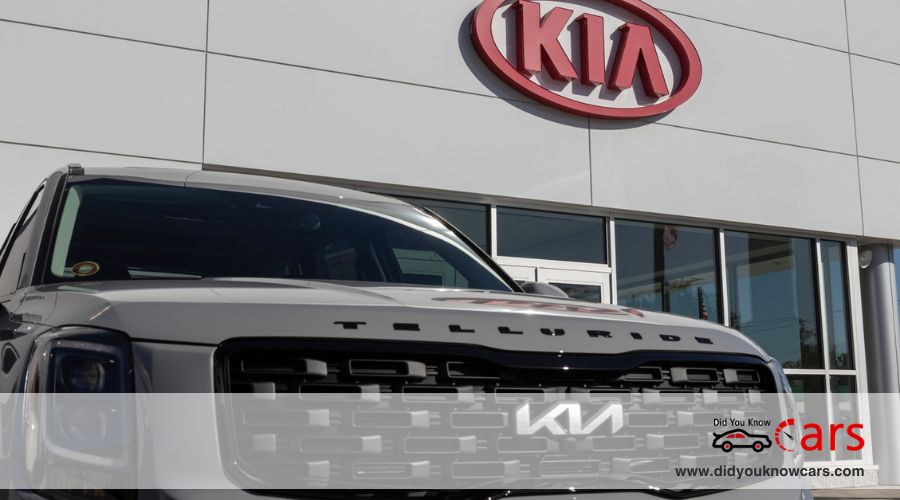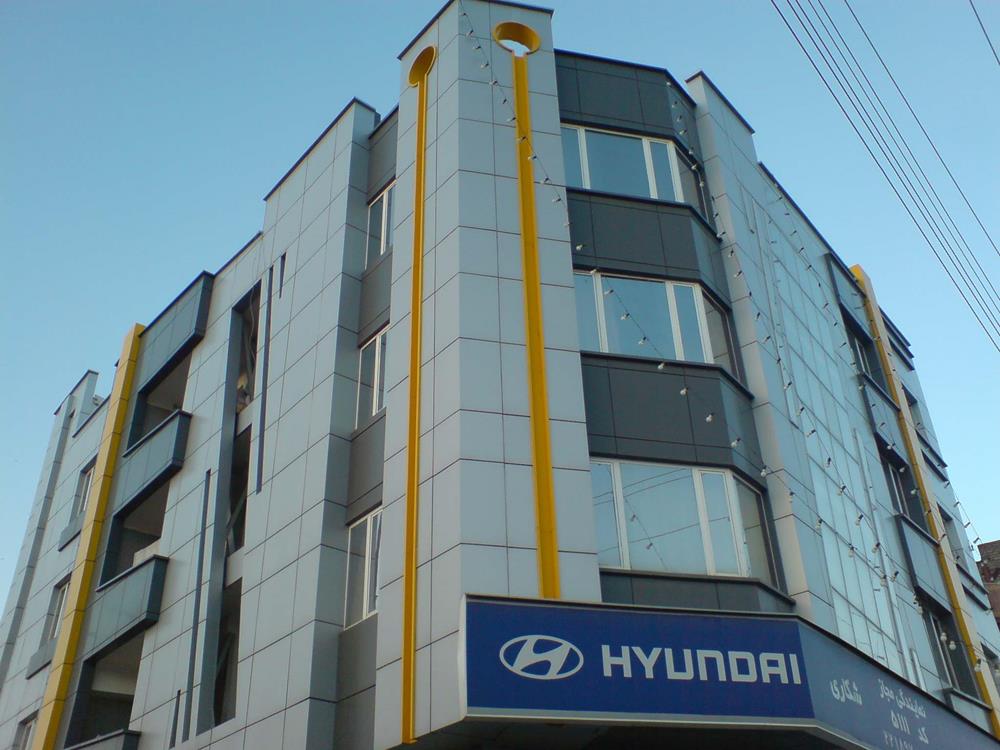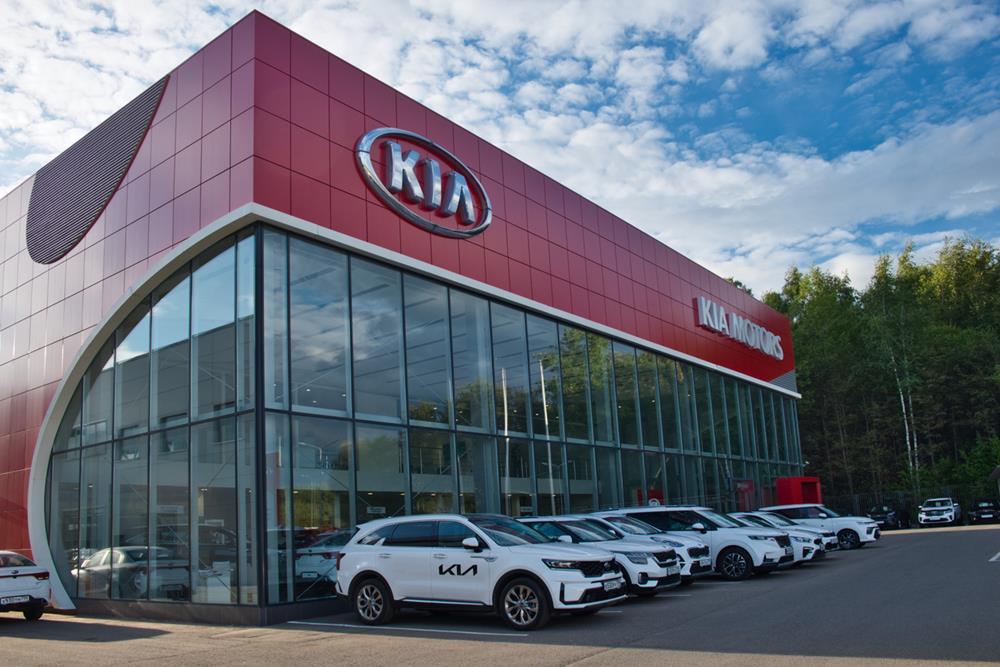The history of Kia Motors is a remarkable story of growth and innovation. What started in 1944 as a small manufacturer of bicycle parts in Korea has transformed into a global automotive powerhouse.
Join us as we look at how Kia evolved over the years, which has been marked by strategic decisions, technological advancements, and a commitment to excellence. Whether you are a car enthusiast or just curious about Kia’s rise to prominence, this story has something for everyone.
Kia’s Humble Beginnings
Kia’s story began in 1944 as Kyungsung Precision Industry. Nestled in the heart of Korea, what started as a manufacturer of steel tubing and bicycle parts laid the foundation for a future global automotive leader.
Origins as Bicycle Parts Manufacturer
On June 9, 1944, Kim Cheol-Ho founded Kyungsung Precision Industry, a manufacturer of bicycle parts and steel tubing. Born in 1905, Kim Cheol-Ho was a determined man. He moved to Japan as a teenager, honed his skills in a steel mill, and later established his own business in Osaka, producing small bicycle parts.
He established Kyungsung Precision Industry when he returned to Korea. It was here, amidst the backdrop of the Korean War, that the first Korean domestic bicycle, the Samchully, was born in 1951. The war brought about material shortages, but Kim’s resourcefulness turned this challenge into an opportunity. He crafted bicycles using leftover materials from the US military, such as oil drums and wire ropes.
In 1952, Kyungsung Precision Industry was rebranded to Kia Industries. The name’ Kia,’ derived from Sino-Korean characters, signified the company’s rising ambitions – ‘Ki’ meaning ‘to arise’ and ‘A’ representing Asia.
Kia’s Growth and the Move to Automobile Manufacturing
Kia’s First Motorcycles and Automobiles
Kia’s initial foray into motorization began modestly with the production of Honda-licensed small motorcycles in 1957. By 1962, Kia was producing Mazda-licensed small trucks, and by 1974, it had ventured into producing its first car, the Kia Brisa, which was based on a Mazda design. Kia Industries built the Brisa range of cars until 1981.
Passenger Car Ban
However, production came to an end when the South Korean government, led by military dictator Chun Doo-hwan, imposed industrial consolidation. This move temporarily forced Kia to shift its focus from passenger cars to light trucks.
Kia assembled a few more passenger cars from 1982 to 1983, and after the ban had taken effect, no passenger cars were built from 1984 to 1985.
Before the forced shutdown, Kia had finalized their passenger car lineup with two other foreign models assembled under license: the Peugeot 604 and Fiat 132. The foreign companies allowed the import of these knock-down kits as long as Kia exported five cars for every single Peugeot or Fiat brought in.
Partnership with Ford
Despite this interruption, the company resumed passenger car production in 1986 by partnership with Ford and adopting models from Mazda’s previous lineup. This strategic partnership allowed Kia to re-enter the automobile market, albeit at a time when the industry was facing intense competition both domestically and globally. Kia produced models for export in South Korea and for other countries, including Kia Pride, which were sold in North America and Australasia as Ford Aspire and Ford Festiva.
Kia and the International Market
Kia’s aspirations were not confined to the South Korean market. Recognizing the potential of the international stage, Kia made bold moves to establish its presence beyond its home turf. In 1992, the company established Kia Motors America (KMA). This move marked the beginning of Kia’s journey in one of the world’s most competitive automobile markets.
KMA’s operations started in a former Mazda headquarters in Irvine, California, underscoring Kia’s continued relationship with the Japanese manufacturer. The first car to be sold in the U.S. under the Kia brand was the 1994 Sephia, a compact sedan. Sephia’s introduction to the U.S. market was strategic, focusing initially on the West Coast before gradually expanding nationwide.
Introduction of the Sportage
In 1995, Kia introduced the Sportage SUV to the U.S. market. This model was particularly noteworthy as it was one of the first small SUVs in the U.S., pre-dating rivals like the Toyota RAV4. The Sportage’s launch was a pivotal moment for Kia, demonstrating the brand’s ability to not only enter but also innovate in a new market segment.
By that time, there are already more than a hundred Kia dealerships across thirty states, selling a record of 24,740 cars.
Navigating Challenges and Hyundai Takeover
During the 1990s and early 2000s, Kia experienced financial challenges, but this set the stage for a strategic alliance that would be pivotal in Kia’s future growth.
Financial Crisis and Strategic Restructuring
The Asian financial crisis of 1997 had a profound impact on many South Korean companies, including Kia. The economic turmoil led Kia to declare bankruptcy, a significant setback for the company. This period was a critical juncture, necessitating a strategic reevaluation and restructuring.
During the bidding process for the company, both Ford and Daewoo showed interest, but the ultimate acquisition was made by Hyundai Motor Company. This acquisition was a major development in the South Korean automotive industry, akin to two major players merging in the global market. Initially, Hyundai held a majority stake in Kia, which has since been reduced to about one-third, but Hyundai remains the largest stakeholder.
Beneficial Impact of the Hyundai-Kia Alliance
The partnership with Hyundai proved to be a turning point for Kia. Hyundai’s investment in improving product quality had a positive ripple effect on Kia. Furthermore, Hyundai’s strategy of employing top European talent influenced Kia’s approach, particularly in focusing on Europe as a growth market.
One of the most notable impacts of this alliance was the appointment of German designer Peter Schreyer as Kia’s Chief Designer. Schreyer, known for his work with Audi and Volkswagen, played a crucial role in redefining Kia’s design language. In 2007, he introduced the ‘Tiger Nose’ grille, a distinctive design element that became a hallmark of Kia’s identity. Schreyer’s influence was evident in the creation of the Kia Soul in 2008, which became a popular model, and his design philosophy was instrumental in giving Kia’s lineup a more distinctive and appealing look.
Expansion in the U.S. and Beyond
The alliance also fueled Kia’s expansion in other markets, notably in the United States. In November 2009, Kia started production at its first U.S. plant in West Point, Georgia. This facility, starting with the production of the Sorento, expanded to include other models like the Optima/K5 and the highly acclaimed Kia Telluride. The Georgia plant’s ability to produce 340,000 vehicles annually highlighted Kia’s growing significance in the U.S. market.
Kia’s growth was not limited to manufacturing. The brand also built a new U.S. headquarters and a separate design center in Irvine, California. By 2022, Kia emerged as the 8th largest-selling automobile manufacturer in the U.S., reflecting its successful integration into and growth within the highly competitive market.
Kia Today – Global Standing and Future Prospects
As we reach the present day, Kia stands as a prominent figure in the global automotive industry. The company’s journey from a small manufacturer in Korea to a brand with worldwide recognition is a story of adaptation, innovation, and perseverance.
Kia’s Global Market Position
Today, Kia is recognized as the second-largest automobile manufacturer in South Korea, trailing only its parent company, Hyundai. Its global presence is marked by a diverse range of vehicles that cater to various segments, from compact cars to SUVs and electric vehicles. Kia’s consistent ranking in quality studies, including the J.D. Power Initial Quality Study, underscores its commitment to excellence and customer satisfaction.
In the U.S., Kia has firmly established itself as a key player, consistently ranking among the top-selling automobile manufacturers. The brand’s growth in the U.S. is complemented by its strong performance in Europe and other markets.
Advancements in Technology and Design
Kia’s commitment to innovation is evident in its recent launches and future plans. The introduction of models like the Niro EV and the fourth-generation Sorento highlights the brand’s shift towards sustainable mobility solutions. Kia’s Electric-Global Modular Platform, the foundation for vehicles like the EV6, represents its dedication to pioneering the electric vehicle space.
Design continues to be a significant focus for Kia, with the company maintaining its reputation for producing visually appealing and functionally adept vehicles. The “Tiger Nose” grille remains a distinctive design element, while new models continue to push the boundaries of automotive design.
Future Prospects and Vision
Looking ahead, Kia’s future is bright and ambitious. The company’s ‘Plan S’ strategy signals a clear commitment to leading the way in clean mobility solutions. This includes a significant push towards electrification, with plans to expand its electric and hybrid vehicle lineup.
Kia’s vision extends beyond just manufacturing cars; it aims to be a leader in providing sustainable mobility solutions. This includes exploring new technologies like autonomous driving and vehicle-to-grid systems, positioning the brand at the forefront of the automotive industry’s evolution.
Conclusion
Kia has continually adapted to the changing tides of the industry, staying ahead of the curve in design, technology, and sustainability. The company’s transition from a local manufacturer to an international player serves as an inspiring example of how vision, determination, and hard work can lead to remarkable achievements.
As Kia looks to the future, it stands on the cusp of a new era in the automotive world, driven by its commitment to sustainability and innovation. With its forward-thinking strategies and continued emphasis on quality and design, Kia is poised to remain a key player in the global market, leading the way in the evolution of the automotive industry.



